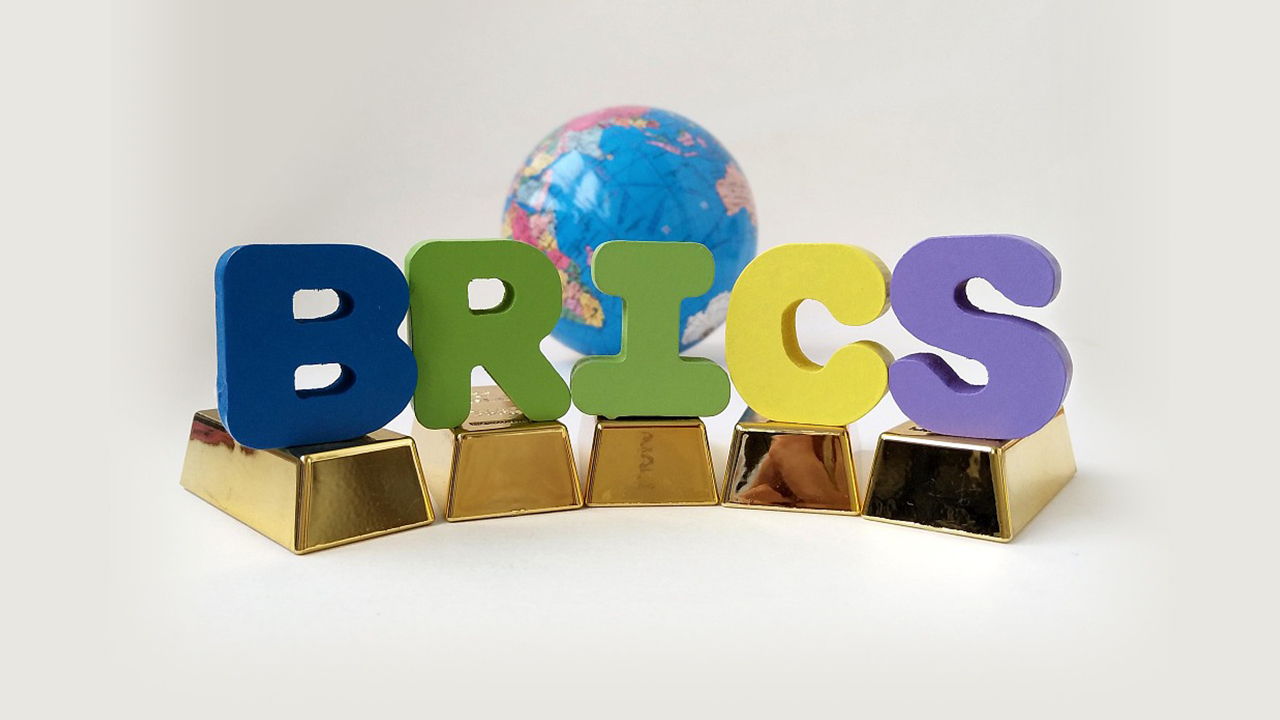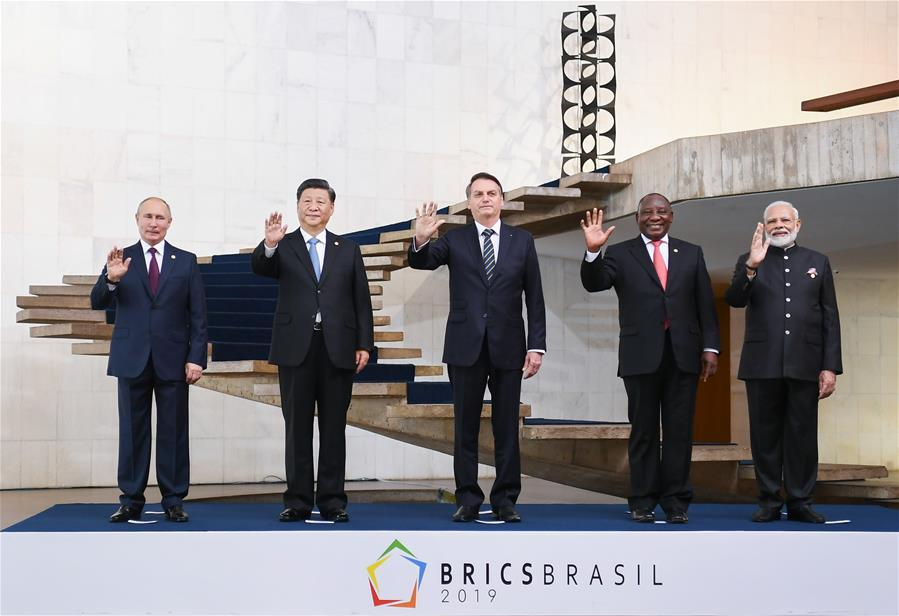
BRICS embraces the world. /VCG Photo
BRICS embraces the world. /VCG Photo
Editor's note: Andrew Korybko is a Moscow-based American political analyst. The article reflects the author's opinions, and not necessarily the views of CGTN.
The connotation of BRICS has come a long way since the days of simply being a term coined by Goldman Sachs in 2001, referring to the most promising emerging economies of the 21st century. Originally known as BRIC (Brazil, Russia, India and China), the four member countries quickly realized that they have a lot of long-term goals in common, specifically the desire to gradually reform the U.S.-led globalization system into a fairer one for every country. This inspired them to institutionalize their interactions in the BRIC format, holding their first summit in 2009 and then formally including South Africa a year later to form BRICS.
Unlike its critics and even some of its most vehement supporters have claimed, BRICS isn't only a geopolitical organization, but also a geo-economic one that incorporates a strong component of people-to-people relations between institutions and individuals. Two of its main goals are to bring people closer together through socio-economic means, and take a constructive part in settling geopolitical flash points. As such, BRICS is wholly inclusive and its member states are willing to cooperate with other countries or institutions that share their interest in making the world a fairer, and therefore a better place.
The first decade of BRICS' formalized existence and saw it discovering many opportunities while limitations to its members' intra-organizational cooperation. Each of the five countries understood the need of meaningful international financial reform, hence they pooled some of their funds together to launch the New Development Bank (NDB). They also recognized how important it is to reform Western-centric global institutions in order to make them truly global. Their limitations, however, rest in the asymmetries among their economies, as well as the extensive geographic distance separating them.

BRICS leaders pose for a family photo at the 11th BRICS summit at the Itamaraty Palace in Brasilia, Brazil, November 14, 2019. /Xinhua Photo
BRICS leaders pose for a family photo at the 11th BRICS summit at the Itamaraty Palace in Brasilia, Brazil, November 14, 2019. /Xinhua Photo
Nevertheless, these limitations are easily surmountable through the shared vision shouldering by each of the BRICS country of reforming the U.S.-led globalization system into a fairer one, therefore the new institutions and multilateral socio-economic cooperation initiatives among BRICS members have been so successful that their organization is now a worldwide household name. The first decade of self-discovery is now paving way for the second decade of confident outreaches to other countries and institutions and will predictably see BRICS becoming a powerful global platform for change by 2029.
Yaroslav Lissovolik, an expert at Russia's top think tank, Valdai Club, has written extensively over the past couple of years about the future path that the BRICS should tread. He suggests that it start by bringing together the regional integration groups that each country is a part of (for example, Russia, the Eurasian Economic Union, Brazil and Mercosur) through the BRICS+ framework in order to broaden its reach in the most realistic way possible without overextending itself, after which the BRICS++ framework of expanding that to include each bloc's state and institutional partners would follow once the first phase of integration is completed.
This visionary outlook is definitely doable since all the BRICS countries certainly have the political will to pull it off, plus their combined economic power is attractive enough to naturally make their counterparts interested in cooperating. BRICS could therefore transform into the core of a larger global reform structure bringing together non-Western countries and even those within the West that are dissatisfied with the U.S.-led status quo, which would then enable it to truly become a global force capable of carrying out meaningful development governance. It already had a positive impact on each of its five members, so it's time to spread the benefits.
Only through the expansion of BRICS along with the BRICS+ and BRICS++ trajectories can the organization succeed in irreversibly institutionalizing its envisaged reforms for making globalization much fairer for every person. China's Belt and Road Initiative (BRI) can physically connect the globe and lay the basis for actualizing BRICS' grand strategic goal of revolutionizing international relations, which would complement the global governance efforts of its current members and their forthcoming partners. Therefore, by prioritizing trans-regional integration, the BRICS' second "golden decade" will make further changes to the world.
(If you want to contribute and have specific expertise, please contact us at opinions@cgtn.com.)